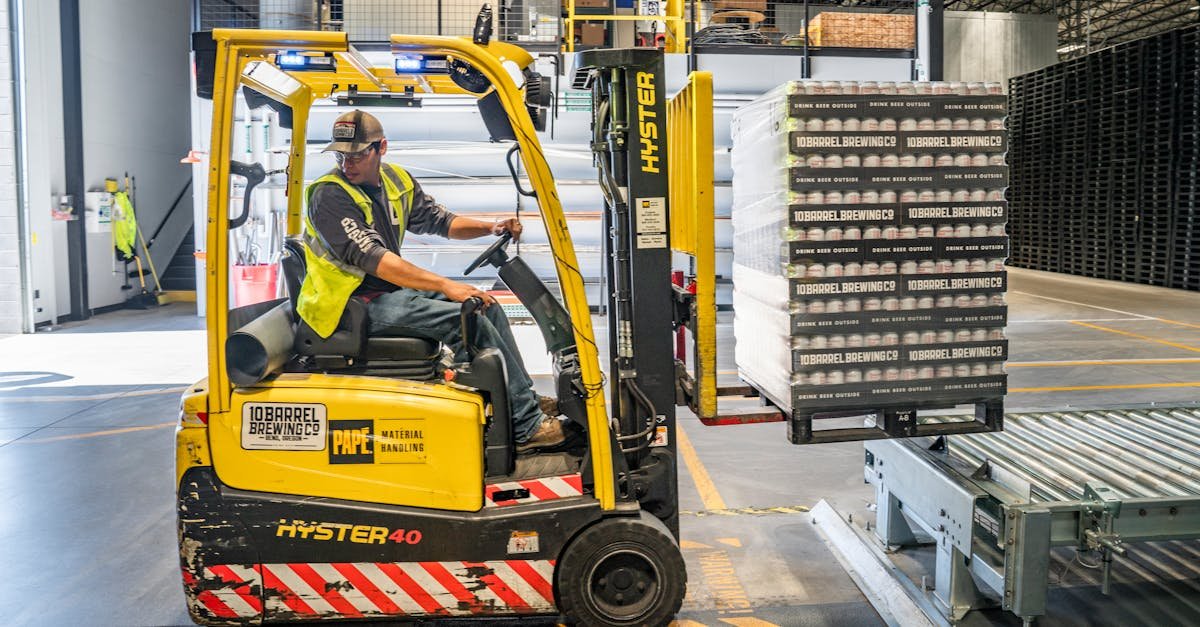Uncovering Process Efficiencies: Lean Six Sigma Insights for Leaders
Ah, the world of process efficiencies. It sounds all businessy and serious, right? But really, it’s like that hidden genre of music nobody talks about but can somehow turn mundane tasks into a rock concert (think of it like a symphony of spreadsheets). You know, the kind of stuff Lean Six Sigma digs into. So how do we, especially those of us in shared services transformation, even grasp this idea? Buckle up; we’re diving in! Looking for Lean Six Sigma Insights? Let’s Chat! First things first—Lean Six Sigma isn’t just jargon or corporate mumbo jumbo. At its core, it’s about cutting the fluff and getting stuff done (because who has the time for inefficiencies?). If you’re in shared services, you might be finding yourself juggling process optimization like a circus performer on a unicycle. Life’s tricky balancing act, right? Lean Six Sigma offers a framework to stabilize that act. Identify waste. Analyze processes. Implement solutions. Repeat. Isn’t it catchy? Or maybe I just think so! The Magic of Lean Thinking Lean thinking—it’s like your personal trainer for processes! You know that feeling when you realize, “Oh hey, I don’t have to drag that weight around?” That’s lean thinking. Awareness leads to action. (And maybe a few sweat beads, too.) Just like the gym, you start with what you have. A small team? No problem. Forget fancy tools—sometimes, a good old brainstorm on a whiteboard is all you need. A Quick Story: The Coffee Incident ☕ Here’s a fun (and slightly embarrassing) story. We once had a coffee machine that was a little too *well-loved*. Imagine every morning folks would flock to it like pilgrims to a shrine, yet it took six minutes to brew one cup (and five of those minutes were spent waiting for it to warm up). So, naturally, we turned our Lean Six Sigma lenses on it. What did we discover? The old machine—bless it—was about as efficient as a three-legged turtle in a race. We found a way to streamline coffee breaks so efficiently that now we can grab a cup in under two minutes! More caffeine, less time twiddling thumbs. Who knew process optimization could perk up morale? Creating a Culture of Continuous Improvement Leaders, listen up! It’s not all about numbers and data dashboards. (Although, let’s be real, those are super important too.) Creating a culture where team members feel empowered to explore process efficiencies is key. It’s like asking someone, “What would you do if I handed you a magic wand?” You’d be surprised what ideas pop up. Give people permission to play around with those processes. Sometimes, it feels downright scary, right? Let’s posit a scenario (because we’re all about scenarios). Imagine you walk into a meeting and someone says, “Hey, I’ve got a crazy idea: let’s automate that lame reporting! Just think of the hours we’d save!” Suddenly, everyone’s nodding along, and you’re thinking, “Yikes, why didn’t we think of that earlier?” Voice of the Customer: Channeling Feedback This is where the ‘voice of the customer’ (VoC) comes in. It’s a bit like tuning into your favorite podcast episode—sometimes you just vibe with it. Your customers are the ones experiencing the effects of your processes (for better or worse). Get feedback! Simple surveys, casual lunch chats—whatever it takes to find out what’s bothering them. Just don’t hide behind data reports—it’s not nearly as fun or effective. Here’s the kicker: You might hear the same complaints over and over again. Red flags? Sure! But also nuggets of gold. It’s almost like they’re handing you a cheat sheet to streamline things. You’ll find those sweet spots where small tweaks can yield big changes. And isn’t that just marvelous? Final Thoughts (or Random Musings) Oh, but before we wrap this up, let’s not forget—process efficiencies aren’t about finding the silver bullet (or even the gold one). It’s about finding joy in accomplishing small tasks quickly and fostering a culture of improvement. And did I mention coffee? If you leave here with just one takeaway, let it be this: Lean Six Sigma can bring a magic sprinkle of efficiency into your shared services transformation journey. Now, go forth! Embrace those process optimization adventures (and maybe grab a cup of coffee on the way). Who knows, you might just find that you enjoy the ride as much as the result. After all, isn’t life supposed to be a bit of an adventure?
Uncovering Process Efficiencies: Lean Six Sigma Insights for Leaders Read More »









